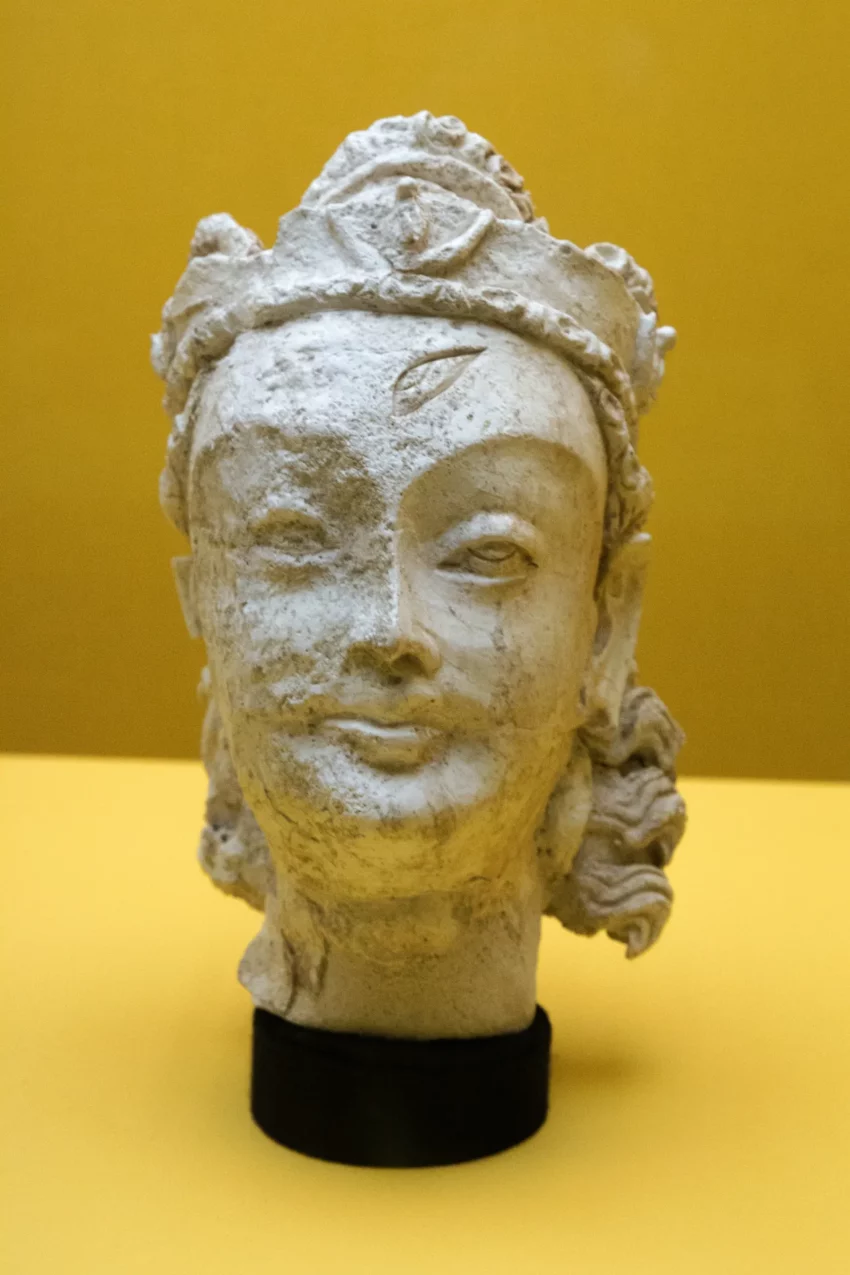An Archaeological Profile of Tepe Narenj: A Buddhist Monastic Complex
Tepe Narenj is a monastic complex located near Kabul, the capital city of Afghanistan. It represents a significant archaeological site that dates back to the late 5th or early 6th century AD, providing valuable insights into the Buddhist heritage of the region. This blog post aims to deliver a comprehensive overview of Tepe Narenj, discussing its discovery, architectural significance, iconography, historical context, and the challenges that beset its preservation.
Get your dose of History via Email
Discovery and Excavation
The history of Tepe Narenj’s exploration began in 2004 when it was unearthed by the French Archaeological Delegation in Afghanistan (DAFA). The archaeological efforts led to the discovery of various structures, including stupas and chapels, adorned with an array of statues. Among these figures were representations of the Buddha in the Bhumisparsha mudra, bodhisattvas, and celestial beings known as devas laity.
Architectural Features
The monastic complex consists of an assembly hall, a courtyard, several stupas, and a series of chapels. These structures are arranged around a central courtyard, forming a contiguous architectural layout emblematic of Buddhist monastic construction practices of the time. The excavation has revealed around a total of 20 rooms within the Tepe Narenj site, each expected to have served various religious functions.
Iconography and Art
The extensive collection of artefacts unearthed at Tepe Narenj reflects the rich iconographic traditions within Buddhism. The complex showcases a variety of sculptures showing the intricate carving work from the period. Statues of the Buddha feature diverse mudras, each representing different spiritual meanings. Furthermore, the presence of bodhisattva statues implies the practice of Mahayana Buddhism, where the bodhisattva is a central figure embodying compassion and the path towards enlightenment.
Historical Context
Tepe Narenj is situated within an area once under the influence of the Kushan Empire which played a pivotal role in the spread of Buddhism across Central Asia. This milieu provides a snapshot of religious life in the region during a time when Buddhism was widely practiced. The site hails from a period when the faith’s artistic expressions, and philosophical tenets, were being synthesized with local beliefs and customs.
Conservation and Threats
Unfortunately, Tepe Narenj has been subject to threats posed by looting and deliberate destruction. Many artefacts from the site have been damaged or illegally trafficked. Despite these challenges, efforts to preserve the complex continue. Recognizing the site as part of Afghanistan’s cultural patrimony, international and local entities strive to protect and study it further, showcasing the global importance of maintaining historical sites.
Conclusion
In conclusion, Tepe Narenj remains a site of considerable historical and cultural significance. It provides essential evidence about the Buddhist heritage of Afghanistan and the broader region’s past. As archaeological work progresses, it continues to disclose more about the once-rich and complex cultural tapestries that existed in Central Asia during the late Antiquity and early Medieval periods. It symbolizes not merely a frozen moment in history but an evolving narrative of religious and cultural interchanges that shaped the region’s identity.

